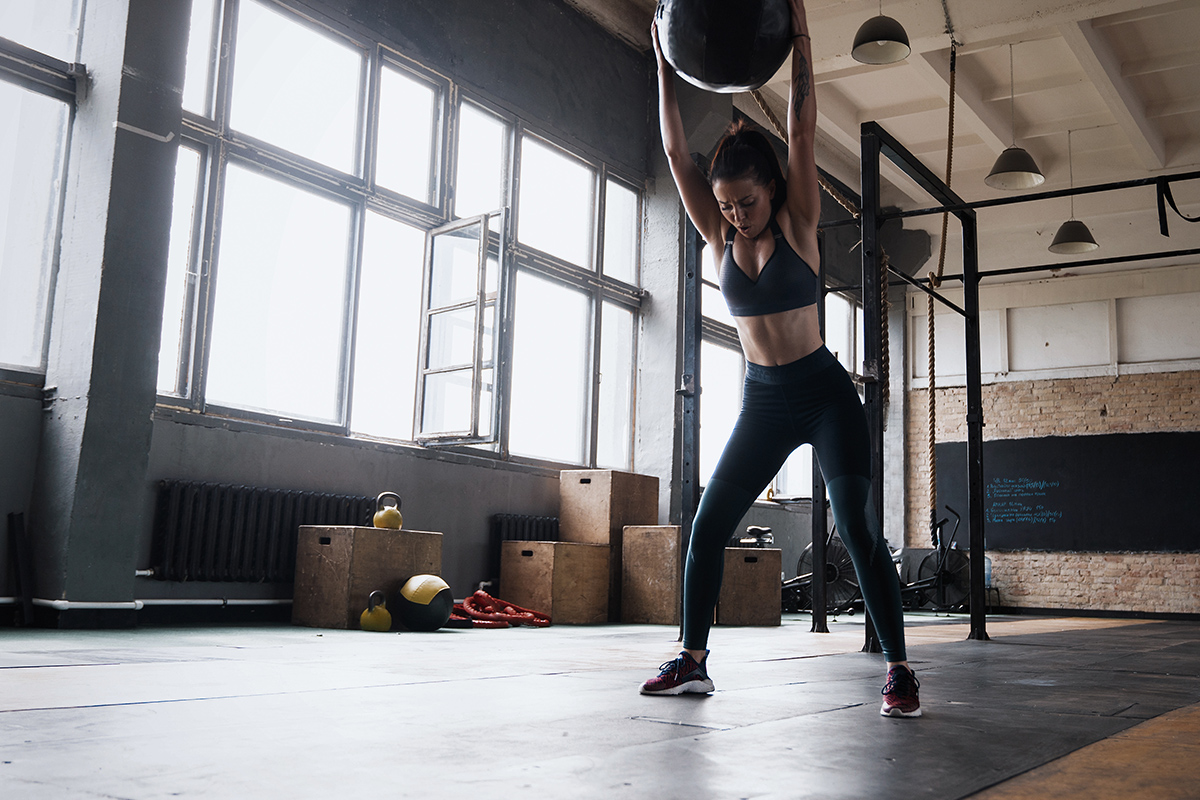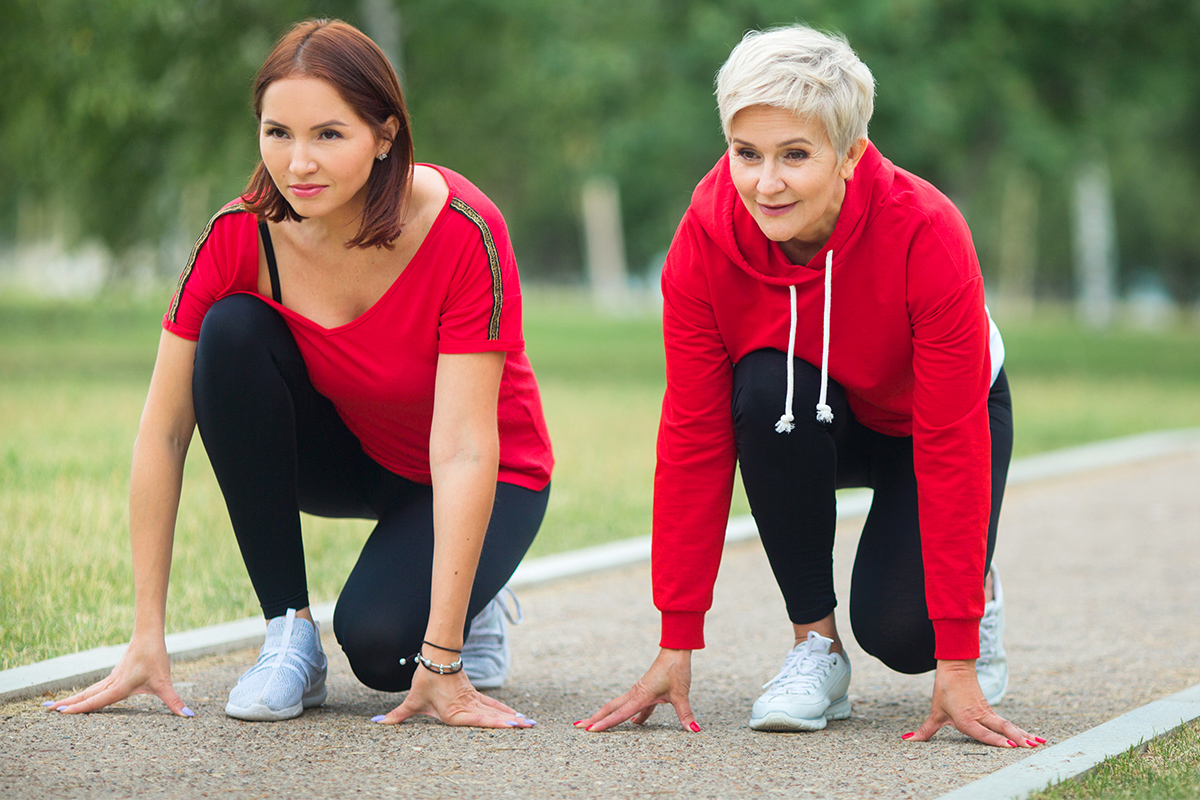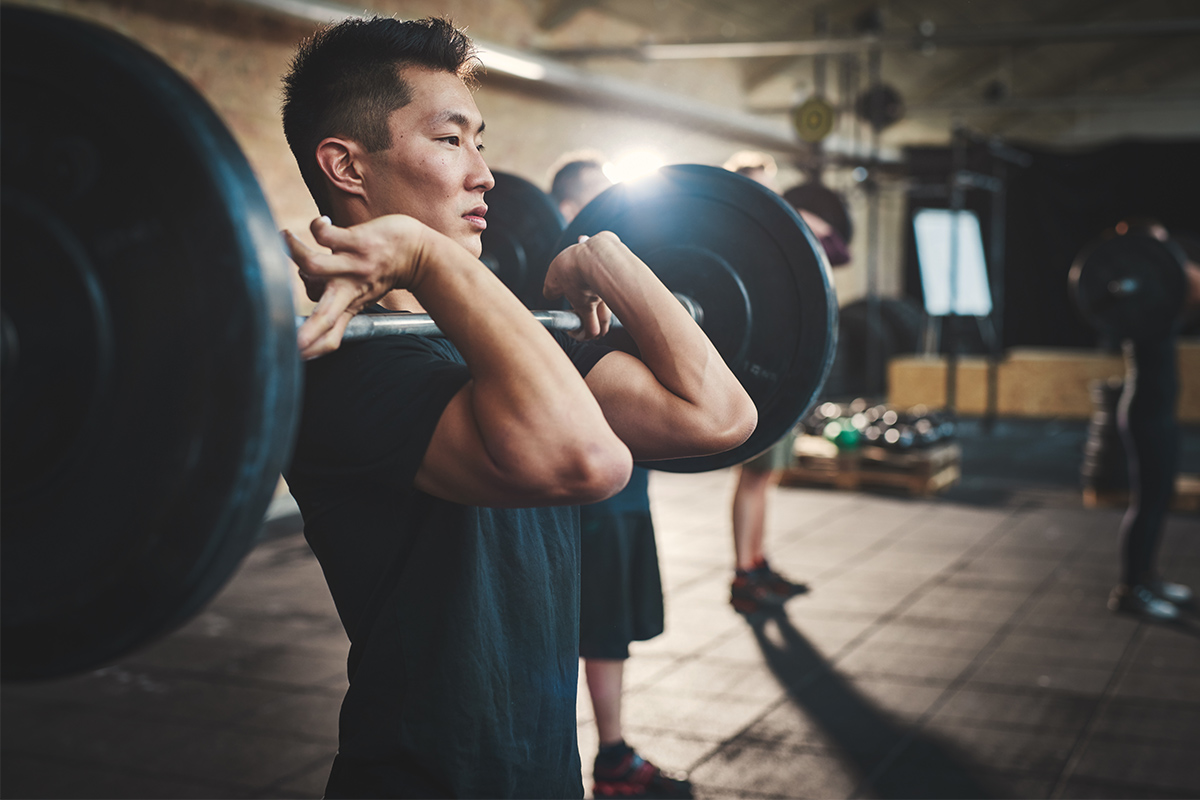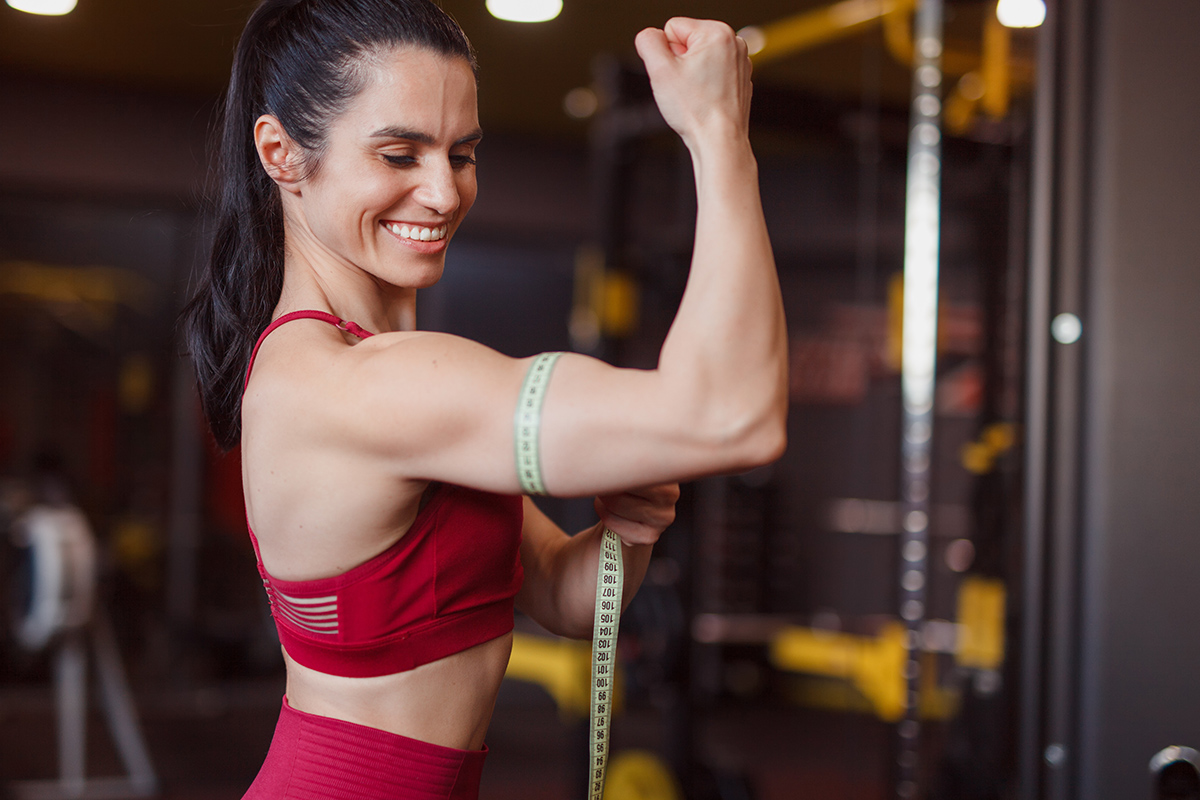
Top 10 Positive Health and Fitness Trends for 2020
Trends vs Fads
Health and fitness trends sweep the nation every year, and many of them are either a waste of time or, quite contradictory to their intention, are dangerous for your health. Not to be confused with fads, trends indicate a change in behavior that develops gradually among members of a population. Fads seem to crop up out of nowhere and are fueled with a lot of hype, but they don’t last as long.
We’re looking into the expected trends for 2020, based on a worldwide survey by the American College of Sports Medicine. Over 6,000 participants, 60% of whom have 10+ years of experience in the health and fitness industry, have identified these items as positive trends!
The survey did not make room for any of these items to be critically evaluated, so that’s up to you, but it does help recognize some new and emerging trends for the coming year.
That being said, this is what you can expect to be trending in 2020:

Wearable Tech
Wearable technology can mean a lot of things now. In the fitness industry, one of the first tracking kits came about in 2006 when Nike+ embedded a tracker inside a pair of shoes.1 It measured the things you would expect it to measure: time, distance, pace, and calories burned. You would see your stats on the, then popular, iPod Nano screen. Obviously, people loved the idea of seeing a representation of their hard work. So today, wearable tech continues to increase in popularity.

High Intensity Interval Training
HIIT involves bursts of high intensity exercise mixed with brief periods of rest. Research has done a lot to prove the effectiveness of HIIT workouts, especially when it comes to improving cardiovascular health and even in its effectiveness in changing your body composition. In fact, in his research on the relationship between HIIT and fat loss, Stephen H. Boutcher explains that HIIT “may be more effective at reducing subcutaneous and abdominal body fat than other types of exercise.”2

Group Training
Your cycling, Pilates, yoga, swim, and dance classes (to name a few) may see a spike in attendance this year. More people are learning about the benefits of group training! Not only do class members have the advantage of group support, motivation, and accountability, they have the benefit of a certified instructor leading the way. Your group instructor can amp up the energy to help you push harder and knows when to scale things back to give you a chance to catch your breath. You may also get instruction on correct form, so you don’t have to guess whether you’re moving in ways that are safe for your body.

Training with Free-Weights
This method of training is picking up steam. Strength training and functional training have been in the top 10 fitness trends since 2007. Training specifically with free weights, however, now holds the 4th spot in the top 10.3 This includes working out with everything from dumbbells and barbells, to medicine balls and weight plates. Working out with free weights happens to have a lot of benefits. If you’re looking to make the switch, check out our article on how to transition from machines to free weights.

Personal Training
Because of the customization personal training provides, many people turn to it to reach their health and fitness goals. Clients get one-on-one attention, a personalized workout plan, progress tracking, and plenty of guidance and support as they move towards their goals. It’s no surprise that this one has been a top 10 trend for the last 14 years.3

Exercise is Medicine®
This one is a global health initiative that encourages healthcare providers to assess a patient’s physical activity, recommend treatment, and refer patients to exercise professionals.3 As this becomes more commonplace, you may start to notice your provider taking more of an interest in your fitness regimen. This is an exciting development because it further acknowledges the importance of an active lifestyle and can help patients monitor their activity in more than one place.

Body-Weight Training
Training without (or with minimal) equipment started getting popular around 2013.3 This type of exercise focuses on what you can do using your own weight to train. This involves exercises like lunges, squats, push-ups, planks, crunches, and more. It’s inexpensive, easy on the body, and can be done almost anywhere. It’s a great segue to more involved types of exercise or to help you ease back into things if you’ve been away from the gym for a while. Body weight exercises are also a great way to warm up your muscles before you start doing your weighted reps.

Fitness Programs for Older Adults
This is an awesome trend to see taking a foothold in the top 10 this year. Coming in at #8 is fitness for older adults! The reason we’re excited is because this trend indicates that people are living longer and remaining healthy and active longer!3 Many healthcare providers now prescribe strength training to older adults as it helps them maintain their independence and more easily perform activities of daily living. Check out our article on Strength Training for Aging Bodies to learn more about how strength training helps older adults, and to view some helpful exercises.

Health/Wellness Coaching
Health and Wellness Coaching is a behavioral approach to achieving health and fitness goals. You can sit down with a coach (one-one-one or in a small group setting) to share your unique health goals. In return, you receive guidance with goal setting, support and encouragement,3 and if you’re in a small group, a sense of community with others who share similar goals or struggles. This is a nice one to see take a place in the top 10 as it focuses more on the mental and emotional process of tackling health-related change.

Certified Fitness Professionals
Last, but not least, a quickly growing trend is in the preference of certified fitness professionals. More and more people are trusting certified professionals over those who are not. We know it’s important to our members which is why our Pro Results® Personal Trainers are all certified! We also seek expert knowledge for our blog posts and podcasts, hosting guests like Registered Dietitian Debbie James, Family Physician Dr. Bob Davari, Master Trainer Geoff Fox, Certified Psychiatrist Dr. Neel Doshi, and more.
Honorable Mentions
The following items made the top 20 and are still pretty awesome trends to see emerging (or sticking around) for 2020.
- Functional Fitness Training
- Yoga
- Circuit Training
- Exercise to Combat Childhood Obesity
We hope you’ve enjoyed reading about all the up-and-coming trends! Do you plan to commit to anything on this list? Let us know in the comments below! To stay in-the-loop about our fitness and nutrition articles, subscribe to our newsletter to receive monthly highlights from the LA Fitness blog!
Sources
- Rogers, Andrea. “Wearable Technology: A History.” SPLITFIT, 1 Nov. 2018, splitfit.com/fitness-technology/wearable-technology-history/.
- Boutcher, Stephen H. “High-Intensity Intermittent Exercise and Fat Loss.” Journal of Obesity, Hindawi, 24 Nov. 2010, https://www.hindawi.com/journals/jobe/2011/868305/.
- Thompson, Walter R. “WORLDWIDE SURVEY OF FITNESS TRENDS FOR 2020 : ACSM’s Health & Fitness Journal.” LWW, 9 Jan. 2020, https://journals.lww.com/acsm-healthfitness/Fulltext/2019/11000/WORLDWIDE_SURVEY_OF_FITNESS_TRENDS_FOR_2020.6.aspx.






















